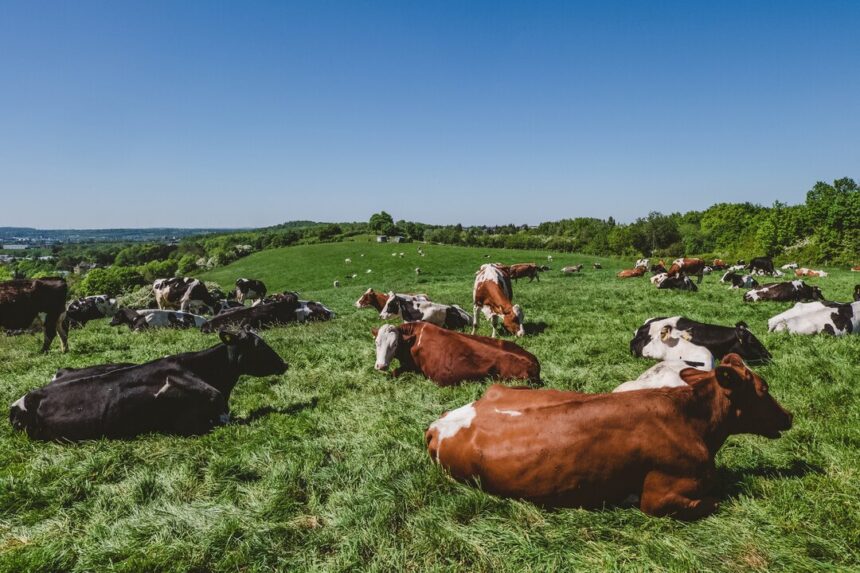South African Hereford cattle are renowned for their adaptability, hardiness, and excellent meat quality. With their distinctive red-and-white markings and docile temperament, Hereford cattle have become a popular choice for farmers across South Africa. Whether you’re considering breeding Hereford cattle or already have a herd on your farm, it’s essential to understand the unique characteristics and requirements of this breed. In this article, we’ll explore 10 key things you should know about breeding and farming SA Hereford cattle in South Africa.
- Origin and History:
Hereford cattle trace their origins to Herefordshire, England, where they were first bred in the 18th century. They were later imported to South Africa, where they adapted well to the local climate and grazing conditions. - Adaptability:
SA Hereford cattle are known for their adaptability to various environmental conditions. They thrive in both extensive and intensive farming systems and can withstand harsh climates, making them well-suited to South Africa’s diverse landscapes. - Temperament:
Hereford cattle are prized for their docile temperament, making them easy to handle and manage. Their calm disposition makes them ideal for first-time farmers or those with limited experience in cattle handling. - Meat Quality:
SA Hereford cattle are renowned for the quality of their meat, which is tender, flavorful, and well-marbled. They are often favored by beef producers for their excellent carcass traits and high meat yield. - Breeding Objectives:
When breeding SA Hereford cattle, farmers typically aim to improve traits such as growth rate, feed efficiency, fertility, and carcass quality. Selective breeding programs focus on producing animals that meet market demands while maintaining breed standards. - Grazing Management:
Hereford cattle are well-suited to grazing-based production systems. They thrive on pasture and can efficiently convert grass into high-quality beef. Proper grazing management practices, such as rotational grazing, can help optimize herd health and productivity. - Health and Welfare:
Ensuring the health and welfare of SA Hereford cattle is paramount for sustainable farming practices. Regular veterinary care, vaccination programs, and parasite control measures are essential for maintaining herd health and preventing disease outbreaks. - Reproduction and Calving:
Hereford cattle are known for their good reproductive performance and maternal instincts. Proper breeding management practices, including timely mating, pregnancy diagnosis, and calving assistance when needed, are crucial for reproductive success. - Genetic Selection:
Genetic selection plays a vital role in breeding SA Hereford cattle for desirable traits. Farmers often use performance records, pedigree information, and genetic testing to identify superior breeding stock and make informed breeding decisions. - Market Opportunities:
There is a growing demand for SA Hereford cattle both domestically and internationally. Farmers can capitalize on market opportunities by producing high-quality beef that meets consumer preferences for taste, tenderness, and sustainability.
Breeding and farming SA Hereford cattle in South Africa offer numerous benefits for livestock producers. With their adaptability, meat quality, and docile temperament, Hereford cattle are an excellent choice for both small-scale and commercial farming operations. By understanding the key aspects of breeding and managing Hereford cattle, farmers can maximize productivity, profitability, and sustainability in their cattle enterprises.
Join 'Farmers Mag' WhatsApp Channel
Get the latest Farming news and tips delivered straight to your WhatsApp
CLICK HERE TO JOIN






